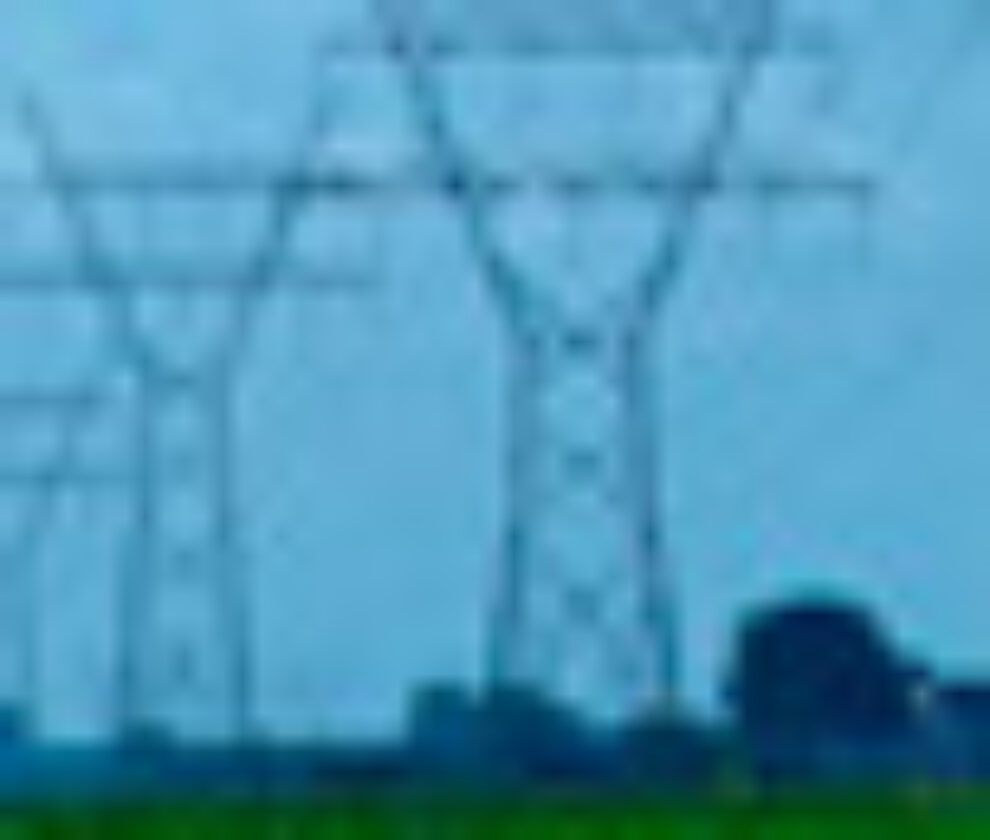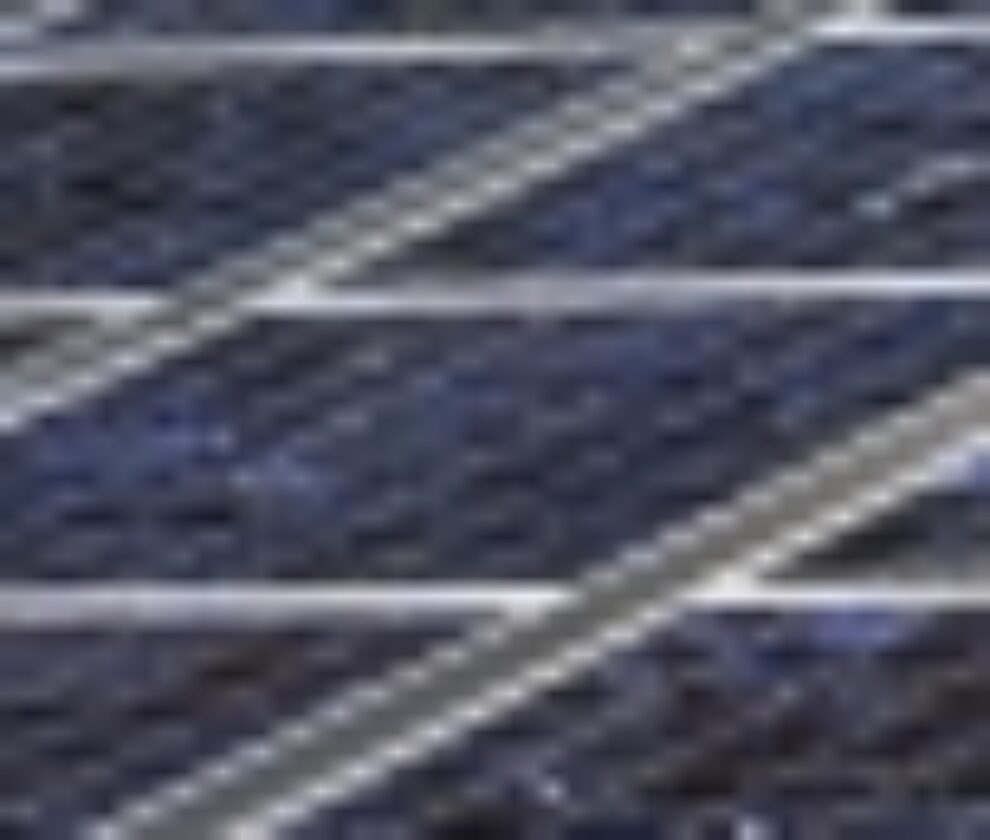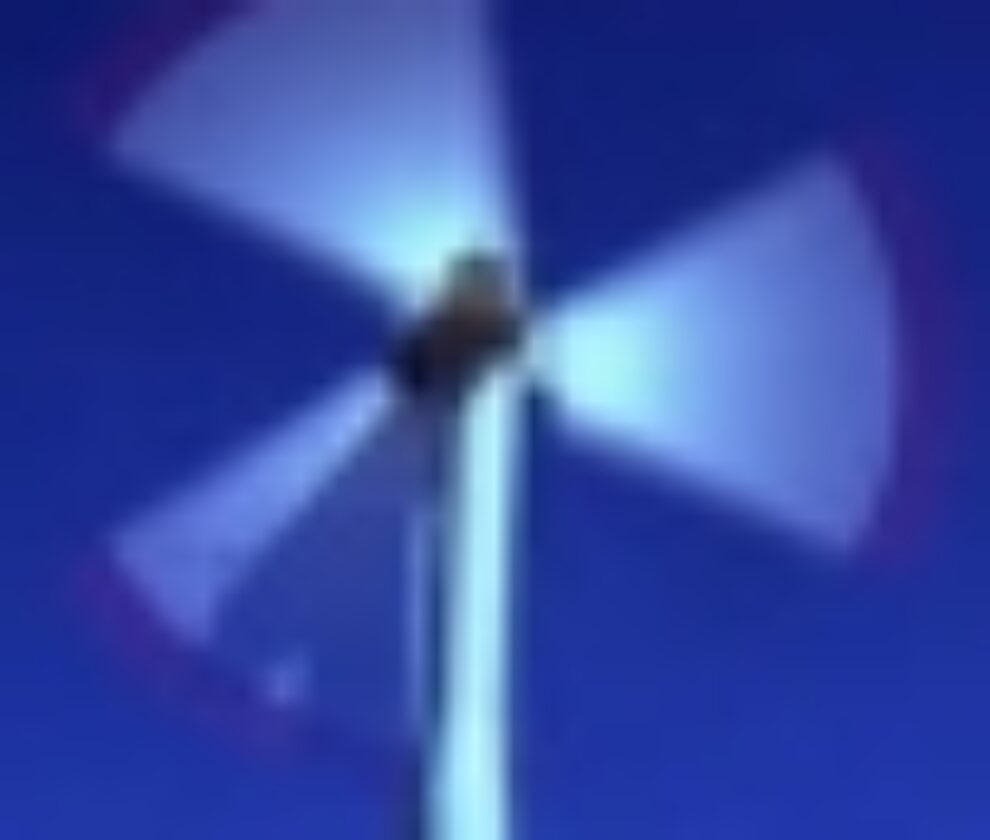This article originally appeared in Crains Cleveland Business on August 14, 2012.
The demand for reliable and cost-effective electric power continues to increase in the U.S. and around the world. According to the U.S. Energy Information Administration in its Annual Energy Outlook 2012, the demand for electricity in the U.S. is expected to grow by 22% by 2035.
Clearly, we will need to add a significant amount of electricity generation capacity to meet that demand. But is that the end of the story?
Many experts would argue that modernizing and expanding the capacity of our nation’s electrical transmission grid is critical to assuring the long-term stability of our electrical system and its ability to meet ever-increasing future demand. One source of new electricity generation that experts look to in order to meet our increasing demand is wind energy. In some parts of the country, wind energy is now very cost effective and competitive with other sources of new generation. But, as we all know, the wind doesn’t always blow at the same speed all the time.
This intermittent nature of wind energy causes a variety of complex technical issues and challenges for utilities and grid operators as they try to integrate wind energy into the grid at a large scale. Essentially, the current grid has limitations on the amount of wind energy it can accommodate, which is one of the obstacles to large-scale wind deployment. If we want to achieve higher levels of wind energy on the grid, then we must address this problem.
Energy storage technology is one way to deal with the challenges presented by intermittent power. Researchers and companies already are working on this issue. In fact, here in Northeast Ohio, Ashlawn Energy is developing a large scale battery (1 megawatt; 8 megawatt-hours) for the City of Painesville Municipal Power Plant in Lake County. The battery will allow the City of Painesville to store some power when the wind is blowing and then release it when the wind is not blowing. This technology has the potential to truly transform our electricity grid.
In addition to energy storage, another approach to managing intermittent power can be found by expanding the transmission system. The wind blows at different speeds and at different times of the day across different parts of the country. When you look at wind in aggregate across the U.S., it is much more consistent and continuous than in any one geographic area.
What if we could move, or share, the wind energy generated in one part of the country to match the needs in another other part of the country? If we could do that, then we could achieve a more consistent energy output from our nation’s wind resources and solve many of the challenges associated with integrating wind energy into the grid. But in order to tap into this opportunity, we need the ability to move large-scale quantities of energy around the country. This would require significant expansion of our transmission system.
Updating and expanding the transmission infrastructure has its own challenges and will require significant investment. Last week, I participated in the Ohio Clean Energy Transmission Summit, in Columbus, to discuss challenges associated with the current transmission infrastructure and the possibilities for the future. The daylong gathering examined many facets of this complex issue, including regulations and policies for new transmission capacity, costs and benefits associated with new transmission infrastructure, and the impact it will have on developing new energy resources. The economic development opportunities offered by investments in transmission were also discussed.
Ultimately, any changes to the transmission grid depend upon the regulatory framework established by the Federal Energy Regulatory Commission (FERC). The independent government agency regulates the interstate transmission of electricity, natural gas and oil. FERC recently issued a landmark order, Order 1000, which reforms the Commission’s electric transmission planning and cost allocation requirements for public utility transmission providers. Order 1000 is intended to ensure that regions are able to build the transmission infrastructure they need to meet the needs of their consumers and that the costs will be allocated in a fair manner. Currently, many utilities and grid operators across the country are responding and trying to understand this new FERC order and how to make it work in their region.
Expanding the electric transmission system will provide a more reliable, resilient grid for all of us and will enable the integration of multiple generation sources to achieve a diverse portfolio. However, we must be smart about making these investment decisions by objectively weighing the costs and benefits of building out the transmission infrastructure.



